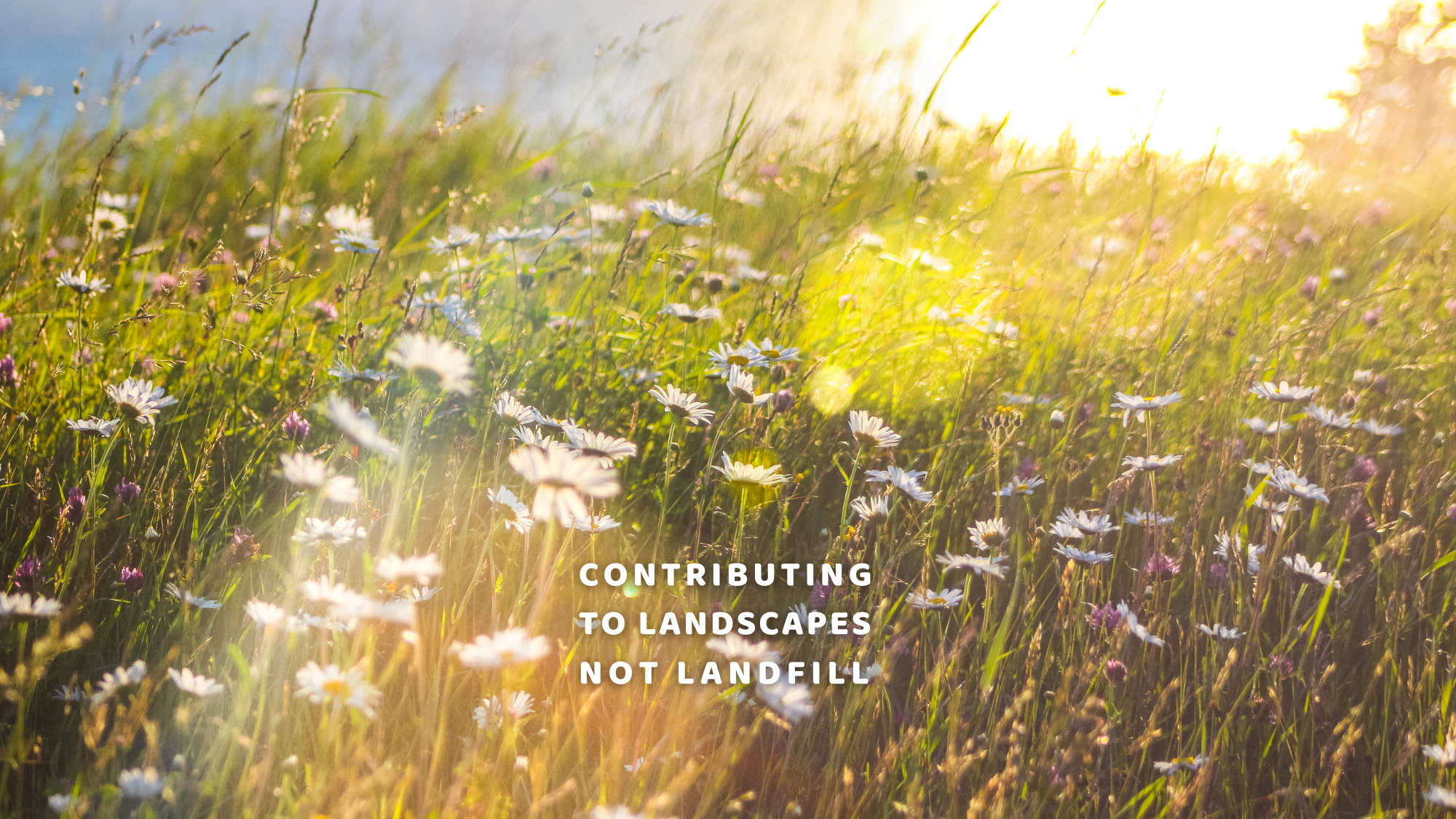
By returning to materials found in nature, Biosnooze helps to reduce the long-term impact of microplastics in our oceans, landfills and waterways.
Many of our favorite products - from jackets to bedding to wipes - are made from materials that can shed microfibers. No matter how high quality the product, this can occur during washing, normal wear-and-tear and eventual end of life. These products and microfibers often end up polluting environments like our waterways, oceans and landfills. Products made with Biosnooze fibres have been specifically developed to return to materials found in nature, in an effort to reduce the environmental impact of microfibres and the products that they make up throughout their life.
Sleep rooted in science
-
Biodegradable.
Biosnooze biodegrades* in: Oceans, landfills and municipal wastewater. The most common environments our waste ends up in.
-
Digestable.
Due to the innovative enzyme Biosnooze fibre is coated in, microbes biodegrade* our fibres at a highly accelerated rate.
-
Regenerative
Only materials found in nature, like water, CO2, methane, biomass and humus are left behind. Perfect for plant growth & NO plastic.
How does it work?
If you like things sugar coated, you’re in luck. Polyester is a complex molecule that naturally occurring microbes have a hard time digesting, which is why standard polyester does not biodegrade. Biosnooze optimizes the polyester or fabric fibre with a simple sugar, making the fibres easier and more pleasant for microbes to digest. Essentially, we make your pillow fibre a Krispy Cream Donut for microbes.
These microbes enable synthetic insulation and fabric to return to materials found in nature, leaving behind components like water, CO2, methane, biomass and humus – a common, natural component of potting soil.
In accelerated test conditions, Biosnooze fibres reach near complete biodegradation* in under two years, while standard polyester remains almost completely intact.
Independent testing has also shown that the soil left behind from the degradation process contains no plastic and remains perfectly suitable for plant growth.
*93.8% biodegradation in 646 days under ASTM D5511 conditions (accelerated landfill environment); 76.6% biodegradation in 973 days under ASTM D6691 conditions (accelerated marine/ocean environment); 17.8% biodegradation in 241 days under ASTM D5210 conditions (wastewater environment). The stated rate and extent of degradation do not mean that the product will continue to degrade.



